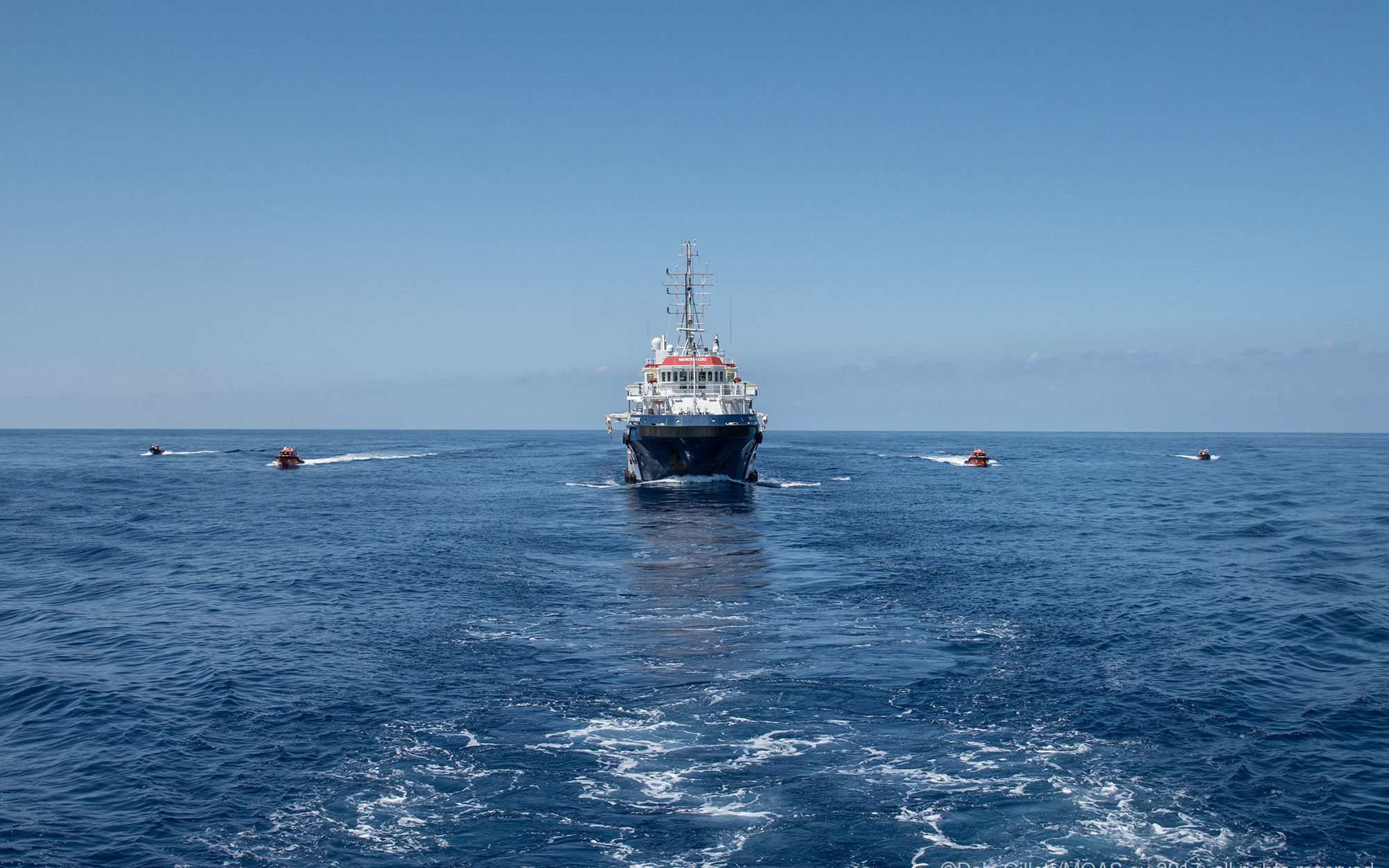The UN’s refugee agency (UNHCR) has published new figures on Mediterranean migration showing the number of people (migrants, refugees and asylum seekers) reaching Europe by sea in 2018.
Some media outlets covering Mediterranean migration have labelled Spain “the new gateway” for Mediterranean migration, overtaking Italy.
Here we give a summary of the statistics and links to relevant news stories.
THE FIGURES
- The number of people who arrived in Europe by sea dropped by a third, from 172,301 in 2017 to 114,941 in 2018.
- The overall number of people who died or went missing fell by more than a quarter, from 3,139 to 2,262.
- But the crossing has, in fact, become more deadly with the proportion of deaths rising from one death for every 55 arrivals in 2017 to one death for every 51 arrivals in 2018.
- In Spain, arrivals by sea have more than doubled in one year, from 22,414 to 57,215.
- In Italy, conversely, arrivals have dropped by 80%, from 119,369 to 23,371.
- In 2015 at the peak of Mediterranean migration more than a million refugees and asylum seekers reached Europe. Last year’s figure is 11% of that.
- In 2018 the largest groups of people making Mediterranean migration came from Guinea (13,068) followed by Morocco (12,745), Mali (10,327), Syria (9,839), Afghanistan (7,621) and Iraq (7,333).
BEHIND THE FIGURES
The Washington Post has reported that between 2015 and 2017 95% of Mediterranean migration successfully reached Europe’s shores. But this success rate has dropped dramatically over the last year as the Libyan coast guard (with funding from Italy and the EU) has intercepted and returned boats to North Africa, where migrants have faced brutal extortion and torture.
In June 2018, Italy’s populist government refused to accept the NGO ship Aquarius, which was carrying 629 people rescued from the sea.
After Malta also denied permission to dock, the rescued people were eventually allowed to disembark in Spain, after its newly elected socialist government opened its door.
In June, Italy’s interior minister Matteo Salvini closed the country’s ports to charity-run rescue boats.
In Hungary, far-right Prime Minister Viktor Orban has made it a criminal offence for Hungarians to assist undocumented migrants.
Germany’s interior minister Horst Seehofer threatened to turn back refugees at the southern border. And in the Balkans, where thousands of refugees are trapped, reports continue to emerge of abuse by Croatian police who are forcing people back over the border into Bosnia and Herzegovina.
In December, Medicins Sans Frontieres said it was forced to terminate the operations of Aquarius, the last charity rescue ship operating off Libya, after a “smear campaign” by European governments.
BEYOND THE HEADLINES
We’ve been publishing a series of migration stories, looking behind the figures to better understand the experiences of people crossing the Mediterranean and asking how and why their journeys started.
Here is a collection of stories that paint a clearer picture of Mediterranean migration.
The aggressive crackdown on NGO search and rescue vessels in the central Mediterranean.
GALLERY: Living in limbo: How refugees pass time at an asylum centre in Italy
GALLERY: Trafficked women use pictures to express the experience of being sold into captivity
Alone in Italy: life after the shipwreck
Main image by Migrant Offshore Aid Station (MOAS)
